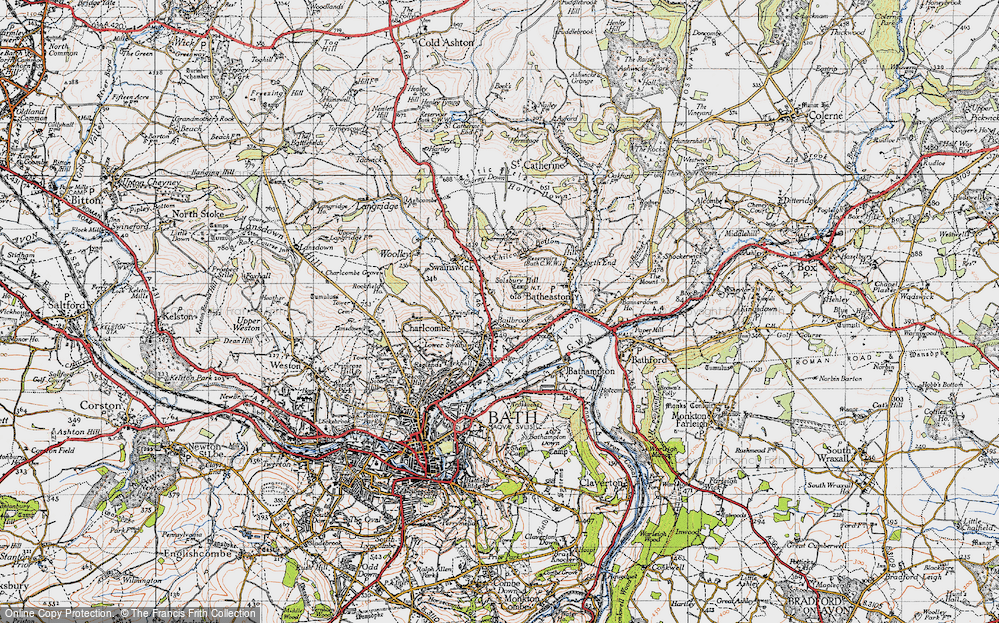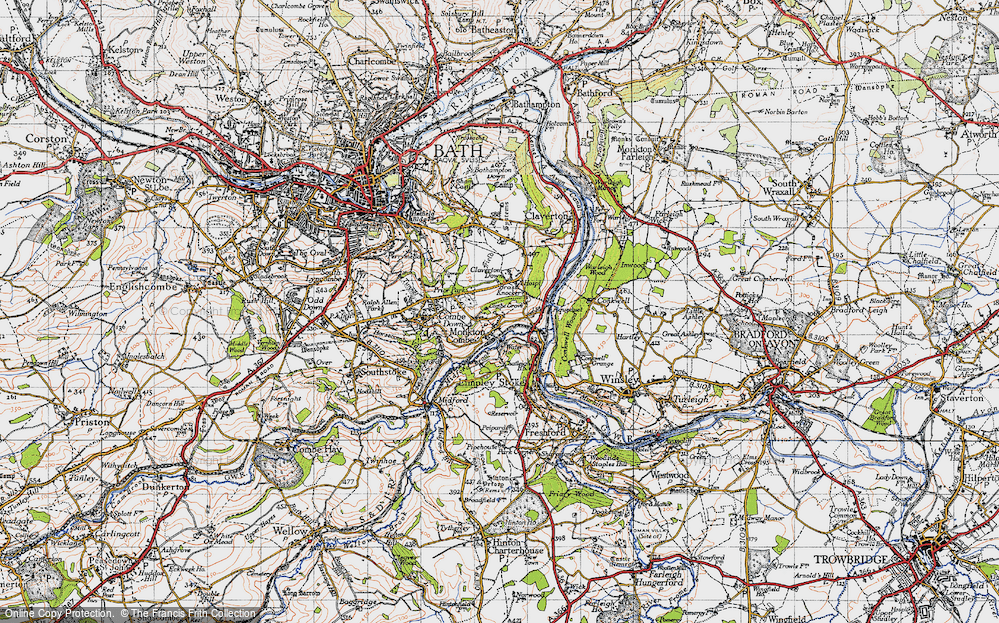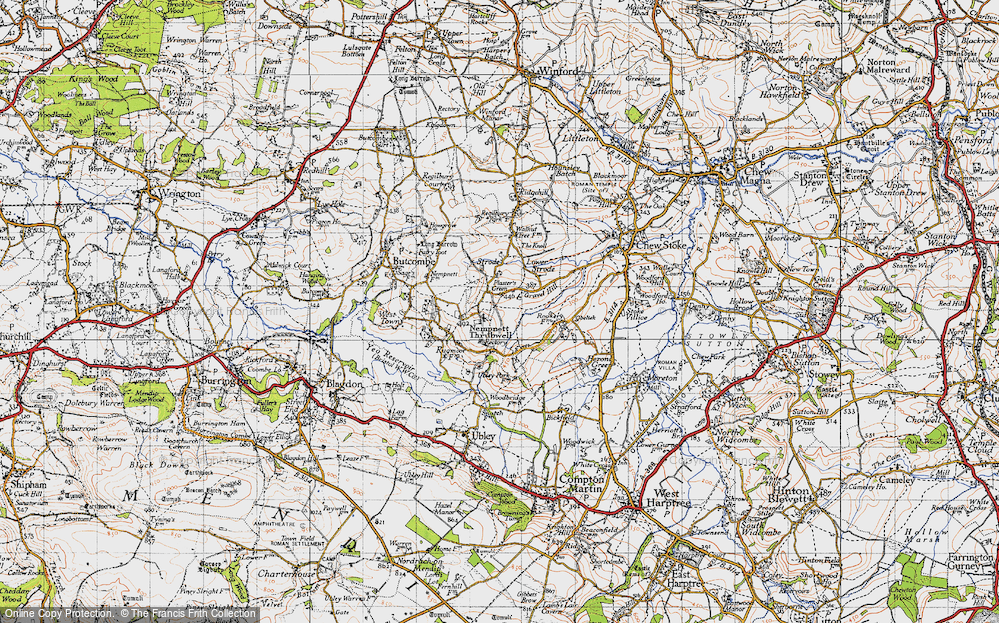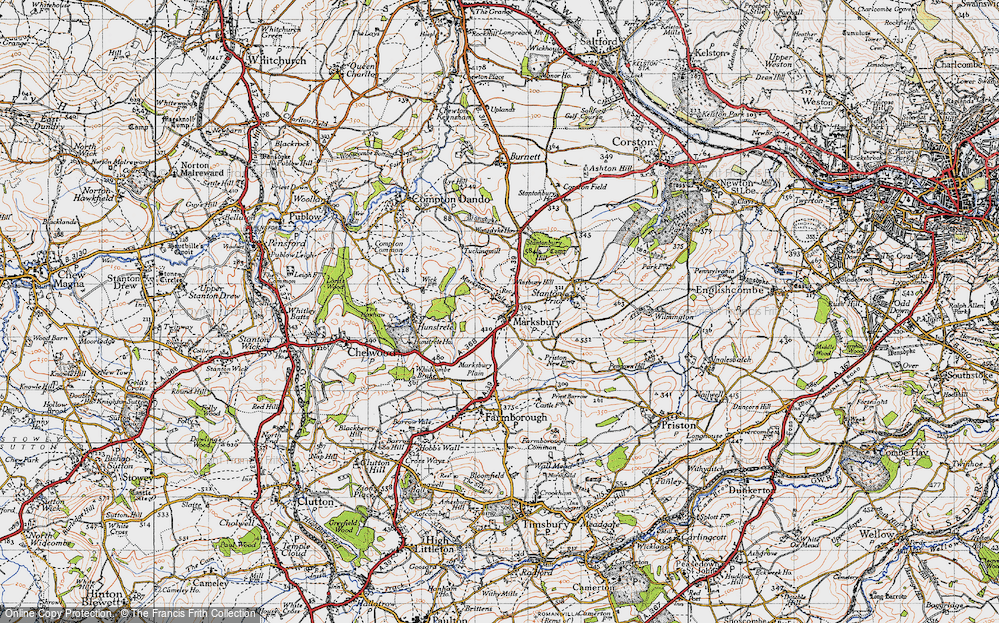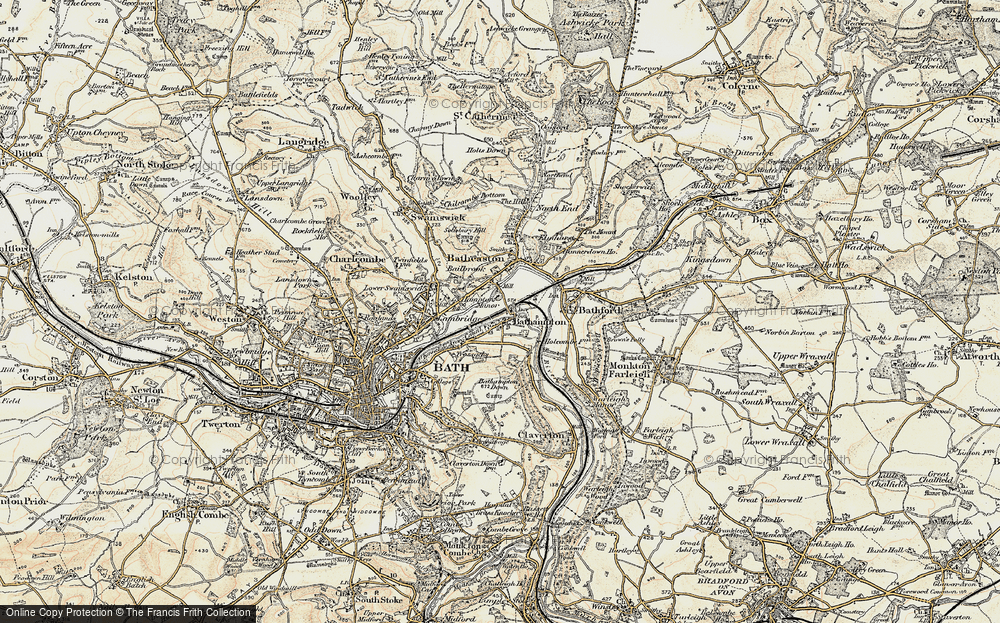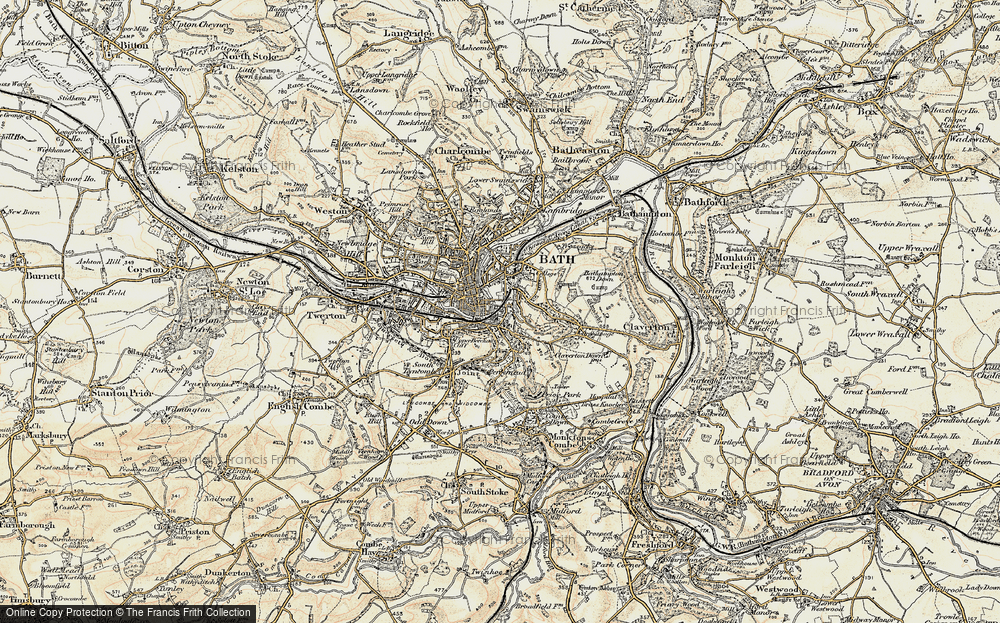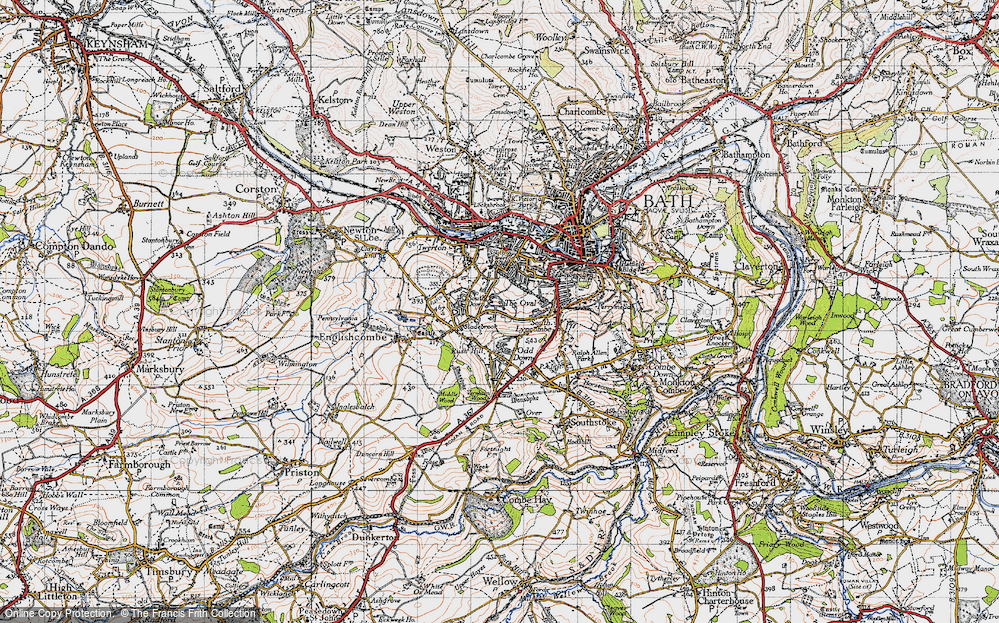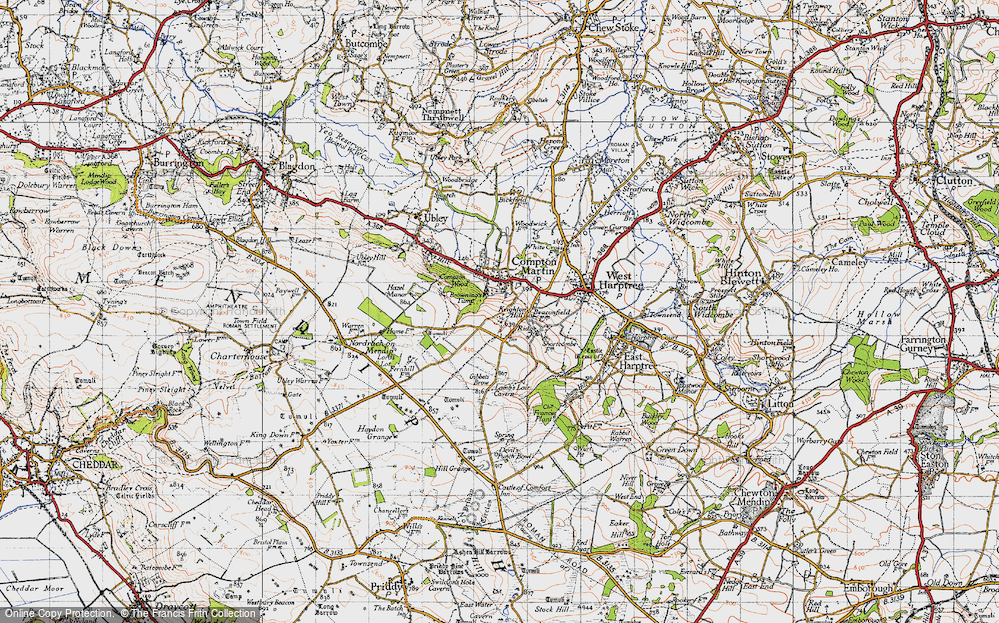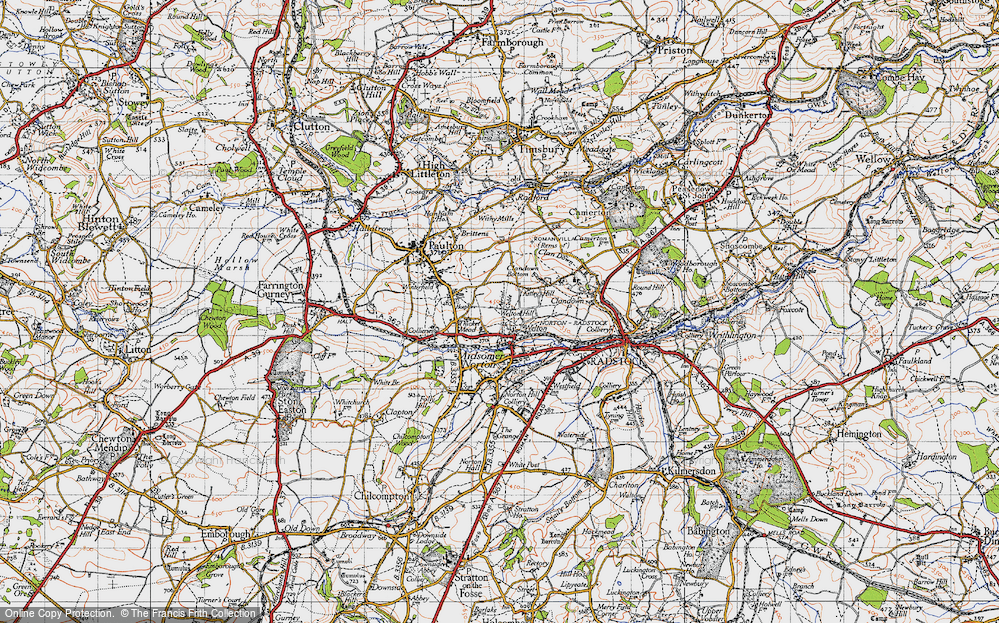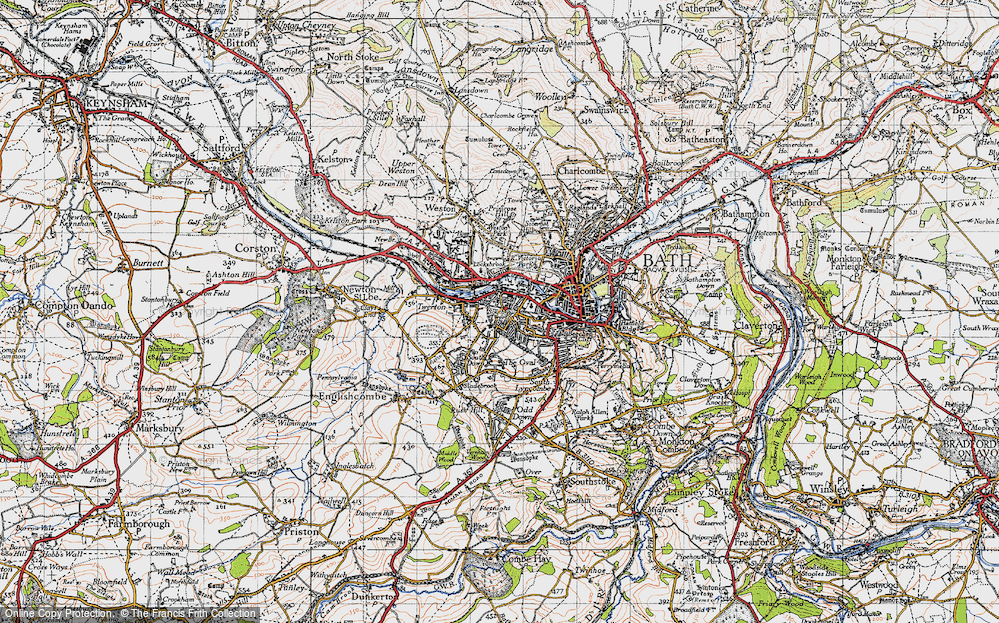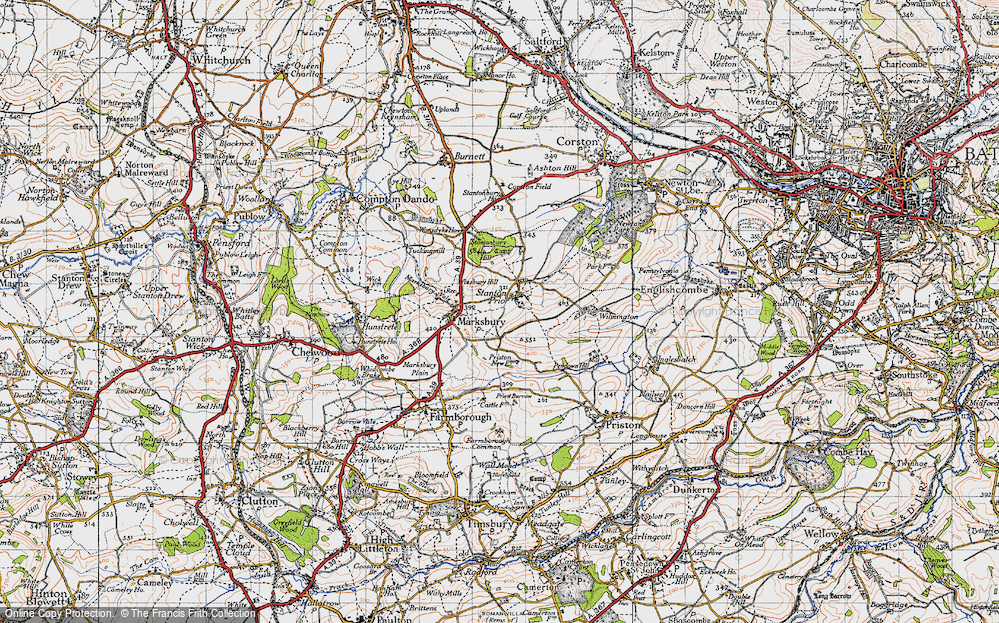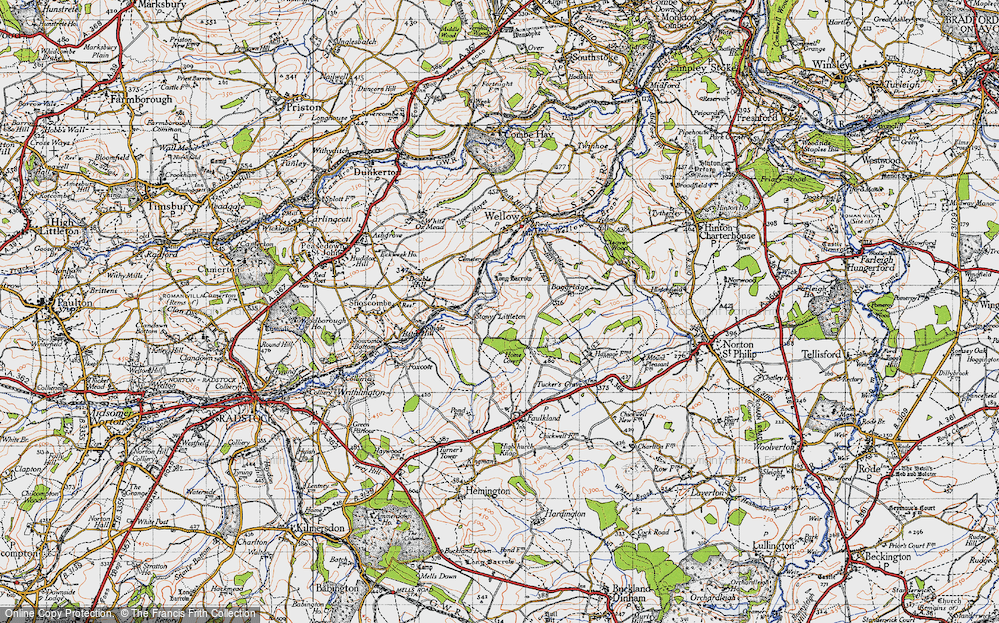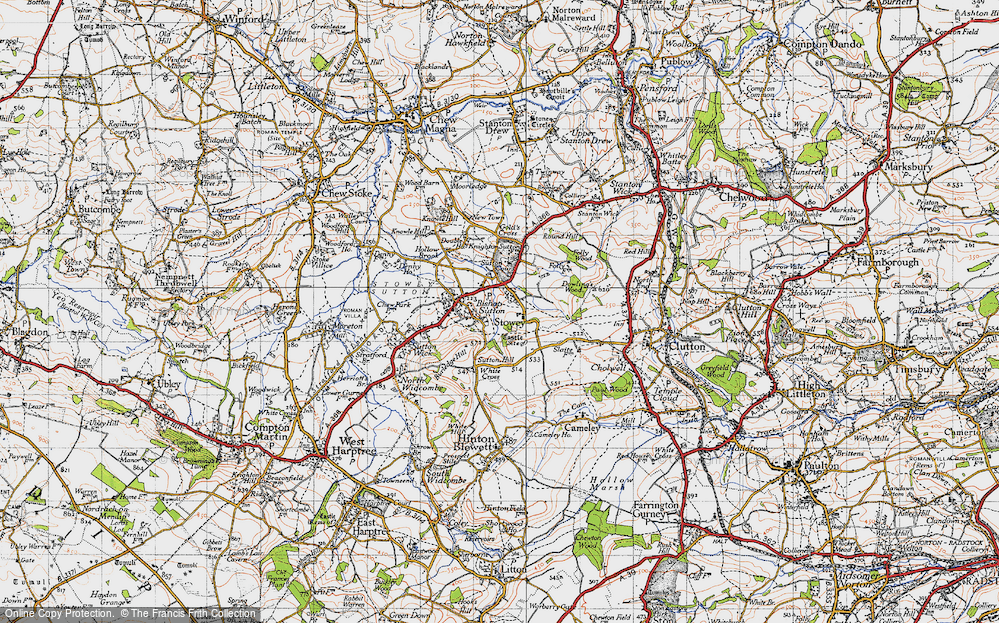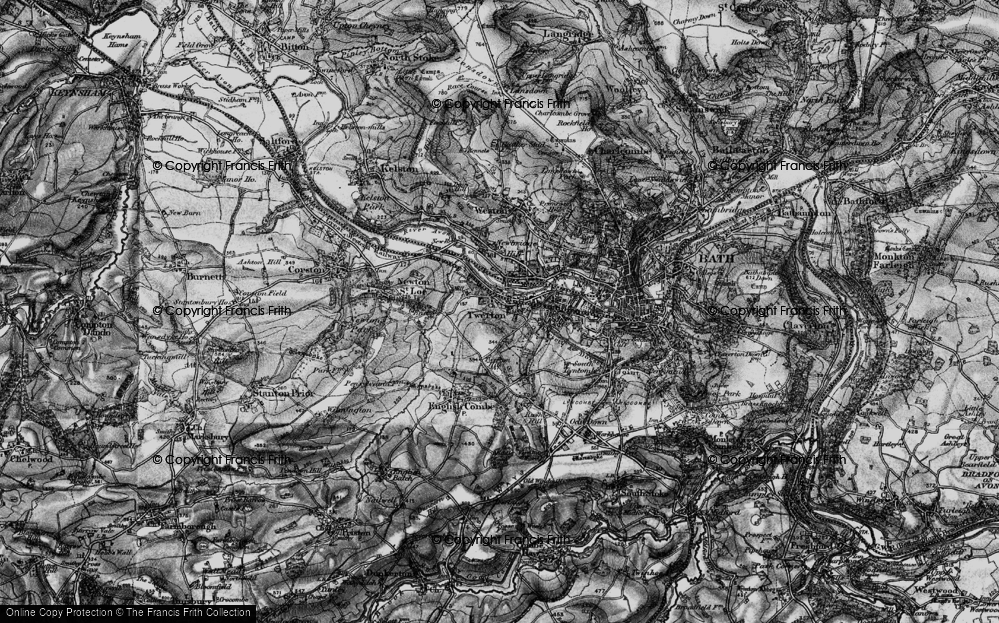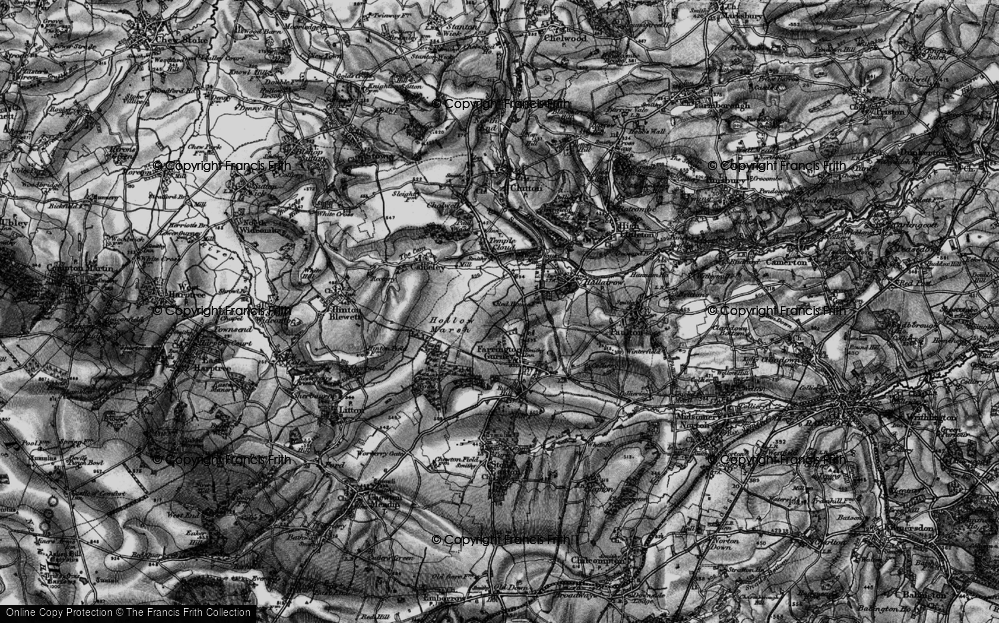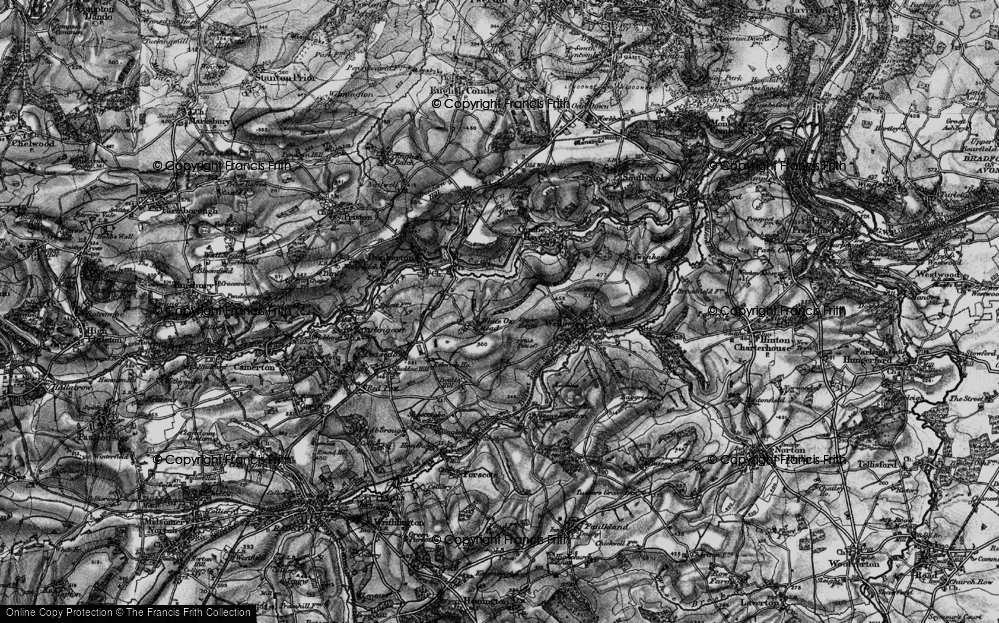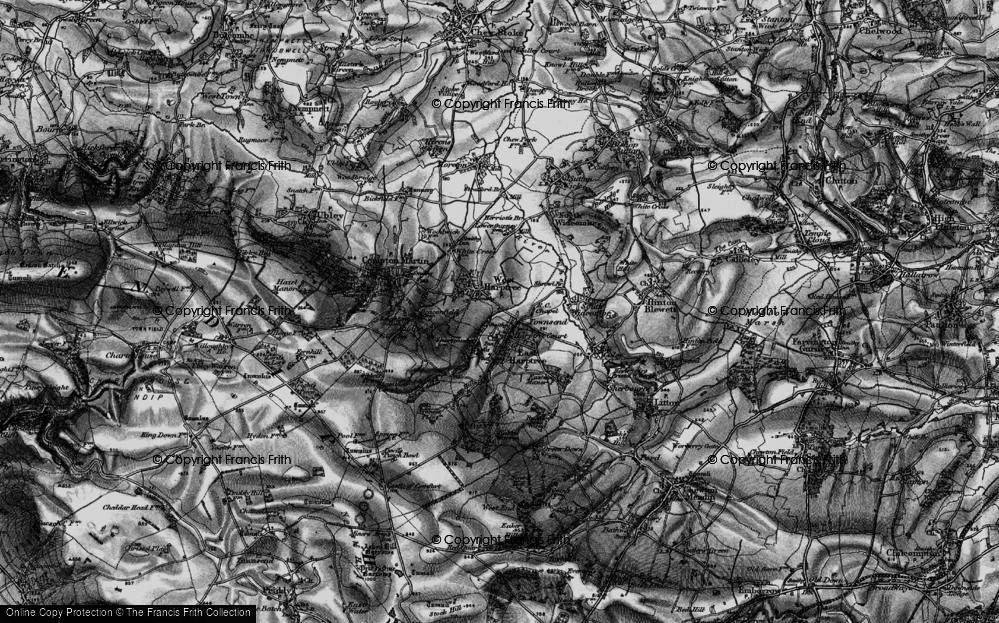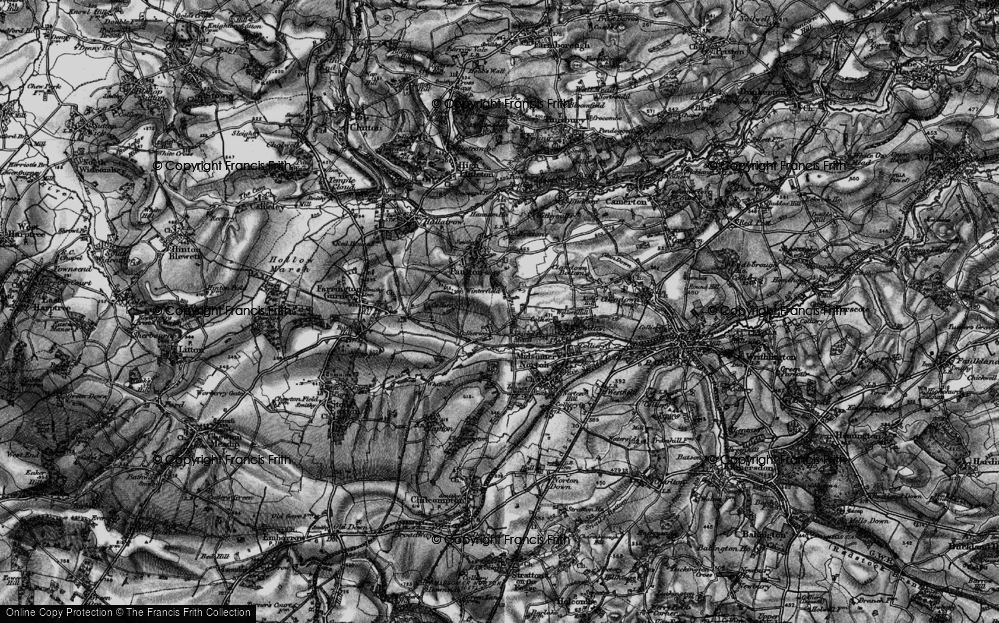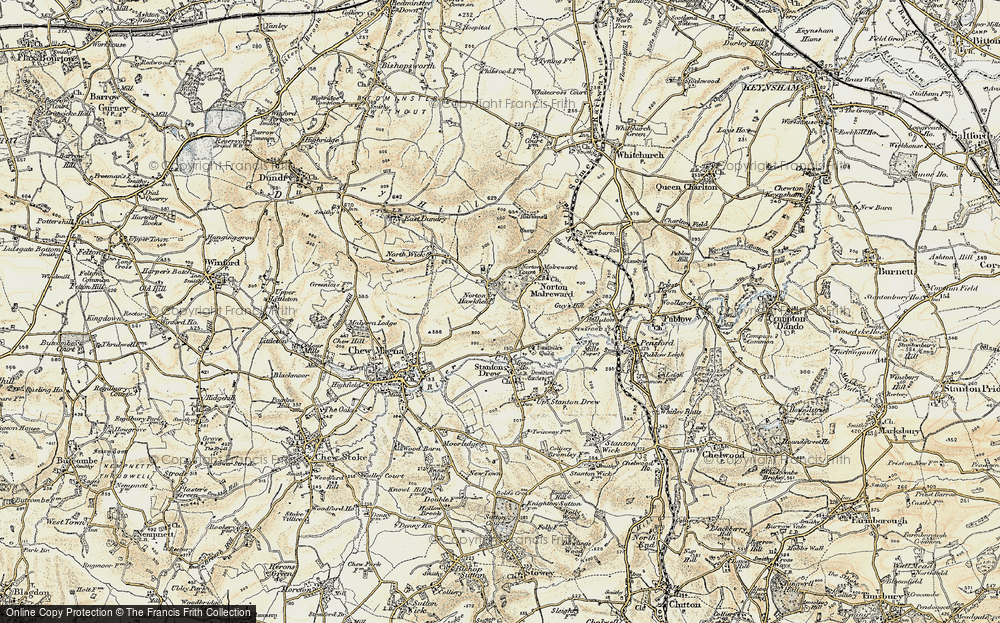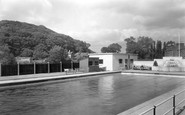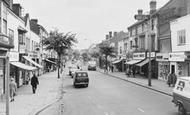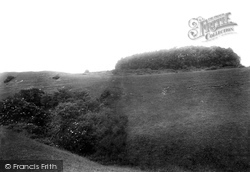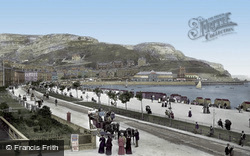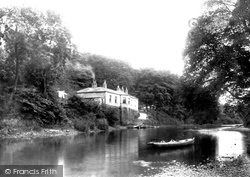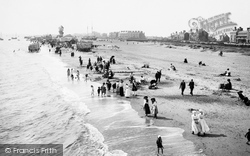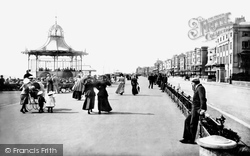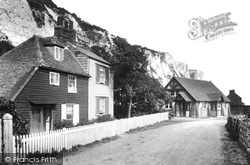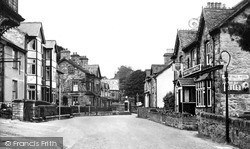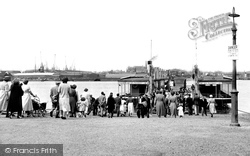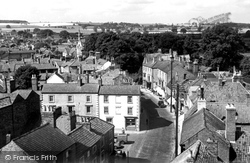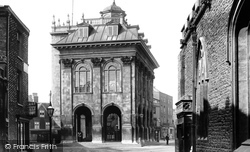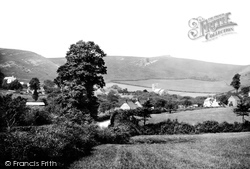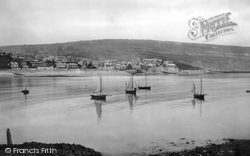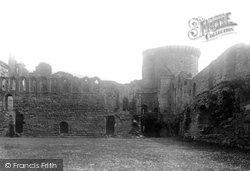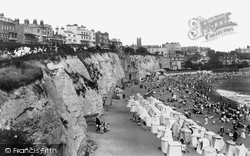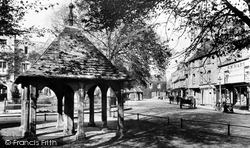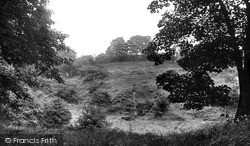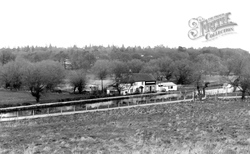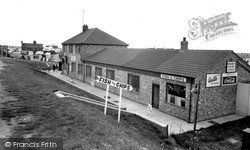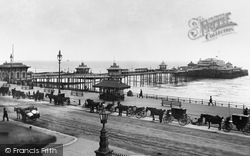Places
Sorry, no places were found that related to your search.
Photos
Sorry, no photos were found that related to your search.
Maps
1,353 maps found.
Books
3 books found. Showing results 889 to 3.
Memories
2,048 memories found. Showing results 371 to 380.
Linton Camp
Hi I was at Linton Camp, 1960 to 64, and recall playing foortball at Netherside Hall, I particularly recall getting bathed after the match, in a proper bath, we thought that a bit odd, as we had communial showers at Linton Camp. I ...Read more
A memory of Grassington in 1960 by
Bordeston Secondary Modern School (Hanwell)
Bordeston school was pretty boring for many pupils. Woodwork was ok, and there was a school barge which you could work on instead of detention. There seemed to be a preoccupation with corporal ...Read more
A memory of Hanwell in 1960 by
Hook Hill
In 1960, when I was 6, we moved into Longhalves, a detached house on the left of Hook Hill going up, and just on the brow of the hill. The road then was narrow and dangerous, and in about 1964 they took 3 - 4 yards off our front garden to ...Read more
A memory of Freshwater in 1960 by
Congleton Baths
Congleton Open Air Baths during the 50/60s. It had the entrance of a theatre, 2 steps up with an overhanging portico and glass doors that opened up to a foyer. It was well painted in the colours of the day, council green and white. ...Read more
A memory of Congleton in 1960 by
My Nanna And Grandads House
I remember the stairs and the smell of carbolic soap, when visiting my Nanna and Grandad. There were lots of people living there, all in a 1 bedroom flat with just a scullery and a dining/sitting room. 5 children and ...Read more
A memory of Byker in 1960 by
Memories Of Holkham And The Victoria Hotel
Whilst I lived at Mattishall near Dereham in the early 1960's I became a regular visitor to the area in Summer and Winter, having use of a small boat at Burnham Overy Staithe. Fishing and full days out at ...Read more
A memory of Holkham in 1960 by
Rawmarsh Baths And Stubbin Pit
I recall paying one shilling for a session of swimming, with the changing rooms either side of the pool. We used to keep one eye on our swimming and the other on our changing cubicle where our cloths were. I attended ...Read more
A memory of Rawmarsh in 1960 by
Brierley Hill Town
The bike shop in Moor Street next to the central chip shop was Wilkinson's, also sold guns and fishing gear, got my maggots there for fishing in the nine locks, Pat Collins fair on the bank by Brierley Hill alliance football ...Read more
A memory of Brierley Hill in 1960 by
Guinea Gap Baths
Me and my friend Marilyn, went to Primary school together in London. Her dad was the manager of our local swimming baths. I was devastated when he was offered promotion, it was at a pool in Wallasey, called Guinea Gap Baths. This ...Read more
A memory of Wallasey in 1960 by
My Dad The Rag Man
My dad was born in Howden Clough but he had a rag warehouse at the Smithies cross roads opposite the Grey hound pub. He used to buy old clothing and rags from people known as 'totters' or from householders who took them to him. ...Read more
A memory of Birstall in 1960 by
Captions
1,059 captions found. Showing results 889 to 912.
Now a tree-clad hilltop fort, this is another example of the many forts built by the Iron Age people. To date it has never been excavated.
'The Queen of Welsh resorts', Llandudno preserves much of its Victorian flavour, with its sweeping promenade faced by numerous hotels, its expanse of sands between the headlands of the Great and Little
The name derives from bos, Latin for ox, and ton, Anglo-Saxon for township. A Roman villa was here from AD200.
A late Edwardian scene before development took place along Grand Parade, and when grassy sand dunes filled the space where the Embassy Centre is now situated.
Worthing's was a good example, with screens to protect the band from the sea breezes and an elegant wrought iron openwork cupola to its ogee roof.
These timber-clad cottages, standing at the foot of the white cliffs, are part of a small community which developed both as a bathing resort and as a residential quarter in the closing years
These timber-clad cottages, standing at the foot of the white cliffs, are part of a small community which developed both as a bathing resort and as a residential quarter in the closing years
Trefriw, like so many Welsh villages, boasts a long history which is not always evident from the predominantly 19th- century buildings.
The Floating Bridge was for many the only way to cross the river at this point. This 1950s photograph somehow captures the spirit of that austere period following the war.
The tower of St Wilfrid's Church had to be the perch of the photographer for him to take this shot.
Frith's Victorian photographer was in the lane leading to the abbey gateway, and looking across the Market Place to what is now undoubtedly the finest building in Abingdon: the Town Hall.
This route heads for the beautiful Mendip Hills, the carboniferous limestone ridge that separates the Avon valley and Bath and Bristol from the rest of Somerset.
Nestling in a combe between two rocky hills, the tower of the parish church of St Michael is clearly visible in this view of the town, taken from the Cobb, on which the Duke of Monmouth landed on 11
Three hundred years ago, Bothwell was a strategically important village, its bridge being the only one over the Clyde apart from Glasgow Bridge.
Here is Larne the holiday resort, with its own segment of the rugged Antrim Coast.
The heart of Georgian Weymouth overlooks the sands from the Gloucester Hotel (top left) and the Royal Hotel (centre left), in a broad sweep around to the Victorian spire of St John's Church and Brunswick
Now a tree-clad hilltop fort, this is another example of the many forts built by the Iron Age people. To date it has never been excavated.
The wheeled bathing machines of earlier pictures have been replaced by this array of circular tents, allowing Edwardians to divest themselves in privacy.
Until 1880 this area was the butchers' shambles, then replaced by the pump (in the shelter, foreground).
This photograph shows Witton Gilbert's war memorial in its original position on part of the dene on a popular and well used walk down to a bathing hole where people used to swim, and where parents brought
The Grand Union Canal (more properly called the Grand Junction) was intended to be the central artery of a web of smaller canals linking London with Birmingham, the Potteries and the East Midlands.
A water mill has stood here since Norman times, but this red brick corn mill dates from the early 1800s.
Ingoldmells has had millions of pounds spent on its redevelopment, and more is promised for the future. This makes it difficult to recognise a place like this.
Brighton is the biggest and most lively and cosmopolitan of the Sussex resorts. The sea bathing and taking of salt water cures laid the foundations for the town's growth after 1750.
Places (0)
Photos (0)
Memories (2048)
Books (3)
Maps (1353)




